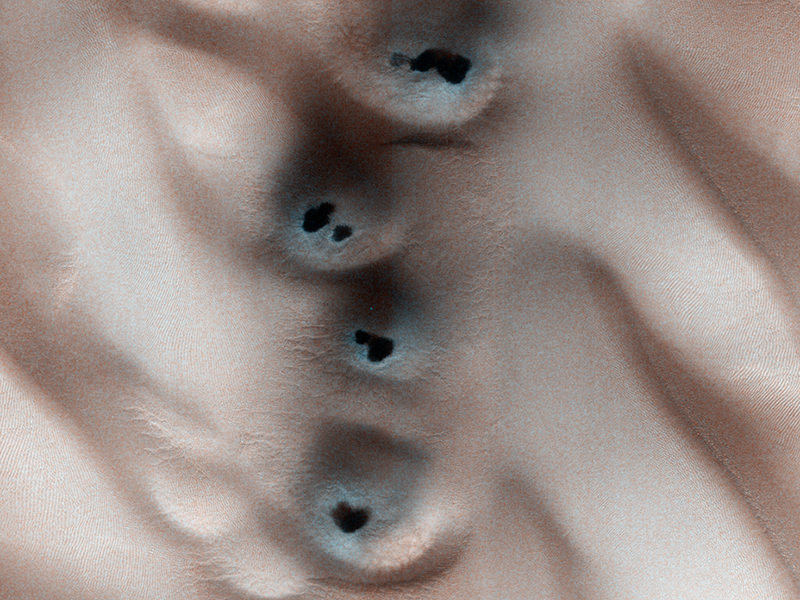[/caption]
With Mars seemingly the destination of choice in NASA's future, researchers are taking a look at what kinds of things we want to bring with us when we go to Mars. But also, just as important is what we
don't
want to take with us. A new study by the University of Central Florida reveals that bacteria common to spacecraft may be able to survive the harsh environment of Mars long enough to inadvertently contaminate the Red Planet with terrestrial life. So, if we do find life on Mars, the question might be: is it them, or is it us?
The research team replicated Mars-like conditions, such as a very dry environment, low
barometric pressure
, cold temperatures and intense UV radiation. They exposed one of our favorite bacteria, E. coli (Escherichia coli) – which is a potential spacecraft contaminant-- to these conditions for a week, and found it likely would survive but not grow on the surface of Mars if it were shielded from UV irradiation, such as in nooks and crannies in a spacecraft, or even if it was covered by thin layers of dust.
"If long-term microbial survival is possible on Mars, then past and future explorations of Mars may provide the microbial inoculum (biological materials) for seeding Mars with terrestrial life," said the researchers. "Thus, a diversity of microbial species should be studied to characterize their potential for long term survival on Mars."
Even though NASA and other space agencies do sterilize spacecraft in an effort to reduce the chance of contamination to other bodies in our solar system, recent studies have shown that microbial species are likely still hitching a ride. And in what might be a more-harm-than-good scenario, the sterile nature of spacecraft assembly facilities ensures that only the most resilient species survive, including acinetobacter, bacillus, escherichia, staphylococcus and streptococcus. So we're likely sending the worst of the worst kinds of bacteria, at least by human standards.
This research was published in the April 2010 issue of the journal Applied and Environmental Microbiology.
Source: American Society for Microbiology
 Universe Today
Universe Today
